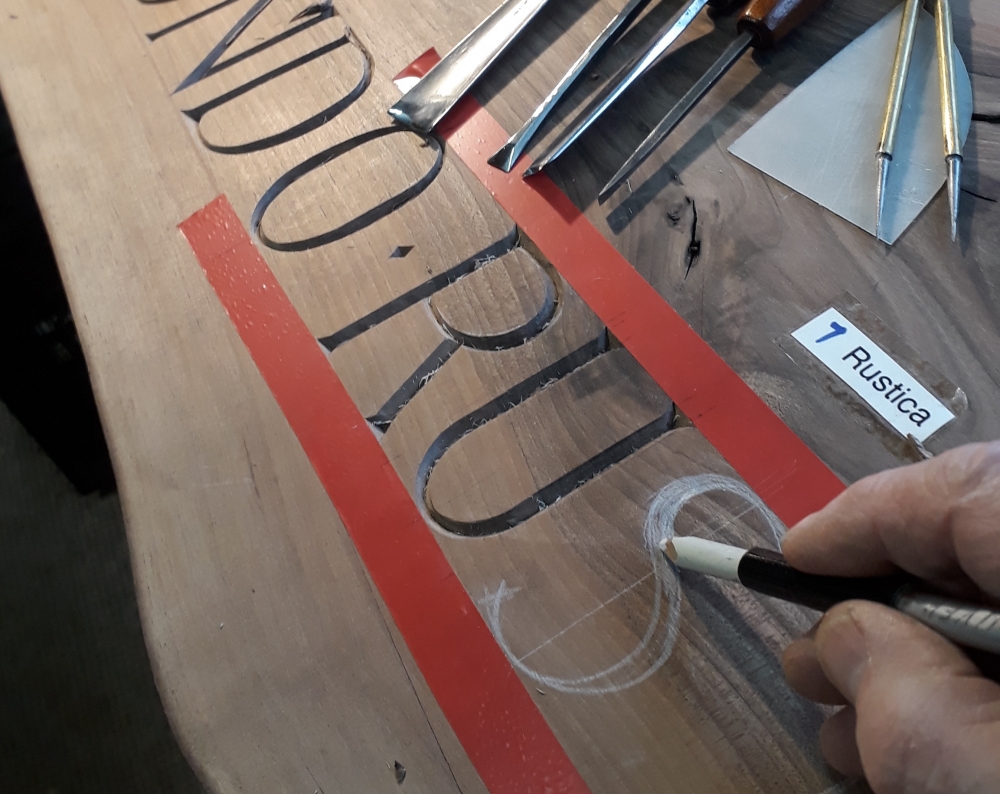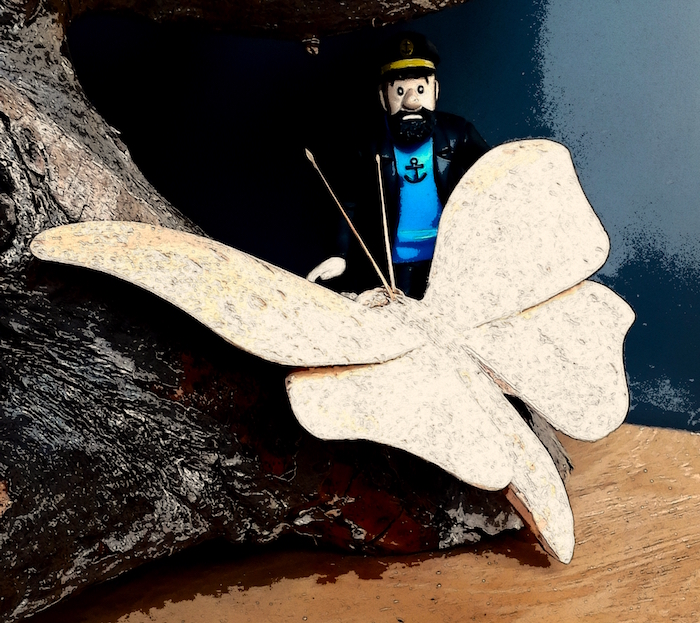Costing Work to Make a Living
01.11.20

Customers!
Q: They just don't appreciate the amount of time and effort that goes into a carving, they think that it just appears by magic.
How do you cost work to make a living?
We have two separate but closely connected issues here: The first is a matter of education, the second of business.
1. Education:
It is essential to view things from the customer's point of view.
We are all guilty of looking at surfaces and making superficial value judgements—usually to about the length of our pockets. What we normally fail to appreciate is that any object: a car, a sandwich, whatever, is just the end result of a huge number of processes. When we understand more about these processes—if we recognise the work, time or expertise that has gone into something—the more we appreciate something's worth.
Your own experience will tell you that there is nothing quite like having attempted woodcarving yourself, for making you look more closely—and with wonder—at carvings.
The point I am making here is that the majority of people do not understand what goes into a carving, if they ever did, and there is little reason why they should. I even get comments like 'I didn't know it was still being done’…
So, the first thing you need to do is increase the customers' awareness, of just what they are paying for:
- Take time to explain how time is used and adds up in woodcarving, from research through to finishing and mounting.
- Tell potential customers where the expertise lies; the time taken to gain that high level of skill; about the uniqueness of hand-carved work. Be happy to show what tools you use and the time spent on that wonderful sharpness.
- Have samples or photographs of carved work in progress, even stages, to illustrate your words. It needn't be a display as such if you invite clients into your workshop, but if I had a craft stand for example, I would certainly have an informative display board. Customers are really interested!
- It is understandable that no customer wants to pay for nothing. You need to convince your client that they are actually getting far more for their money than they realised.
- And always deliver. Word spreads.
2. Business:
As to the "business" aspect, costing work is the usual sum of hourly rate plus material and overheads. You can only forecast the cost work accurately in advance if you have enough experience. When you add your numbers, a carving will have a cost. But what you sell it for—the price—is another matter and related to the market place.
Despite the hours spent training or the high skill levels we show, our work as carvers does suffer a distinct disadvantage in the market place: wood is perceived as a cheap material—unlike, say, silver. There’s no doubt this is changing, but the ingrained saying that something ‘doesn't grow on trees’, implying that something cheap and readily available, is still with us—at least for now…
It may be that a client or customer understands (through your educational efforts) why you want to charge what seems to be a lot of money for a woodcarving. However that still may be more than they are willing to pay—and there is nothing you can do about this; after all it’s a personal decision how we spend our money.
As well as always taking the opportunity—without putting yourself on a pedestal or becoming a bore—to quietly educate your public, here are a few more attitudes and approaches which I have found helpful:
- Make your work exceptional! Make it stand out from the rest, both in its carving and design.
- Be as efficient as you can to keep the price down but recognise your market. Study it!
- Present your work well. Professionally.
- Never apologise that your carvings are too expensive. You may indeed be 'expensive' but so are lawyers - but it just may be that a client simply can't afford you.
- You may need to be in a different market, one where people with more money spend more of it on unique, beautiful, breath-taking things.

